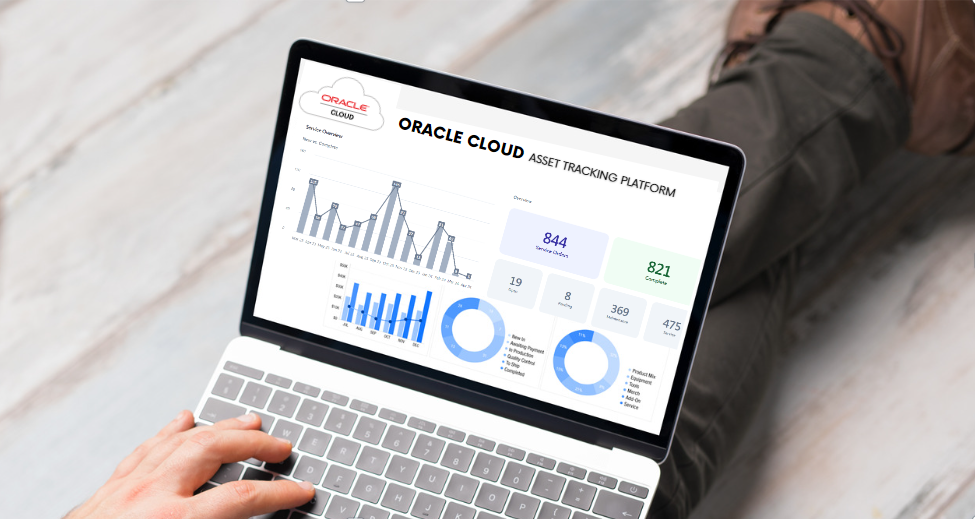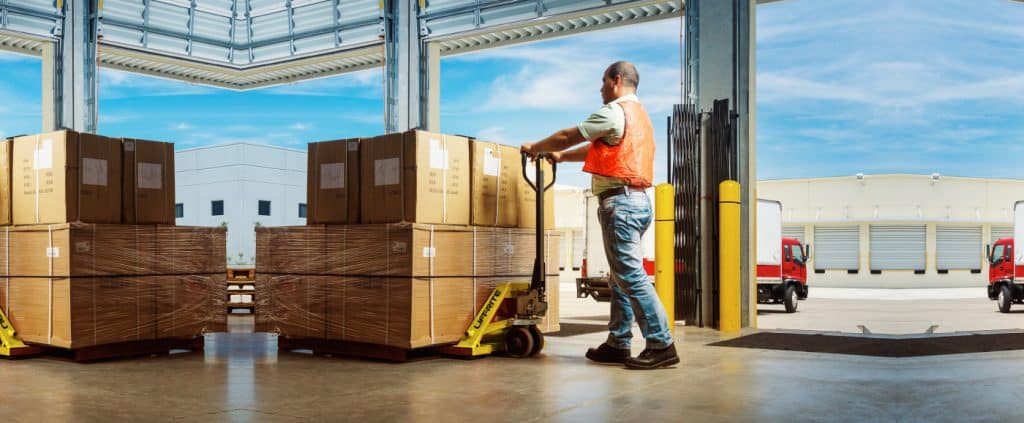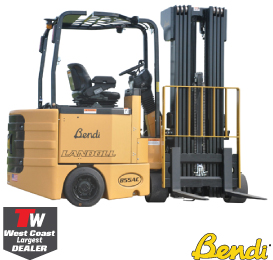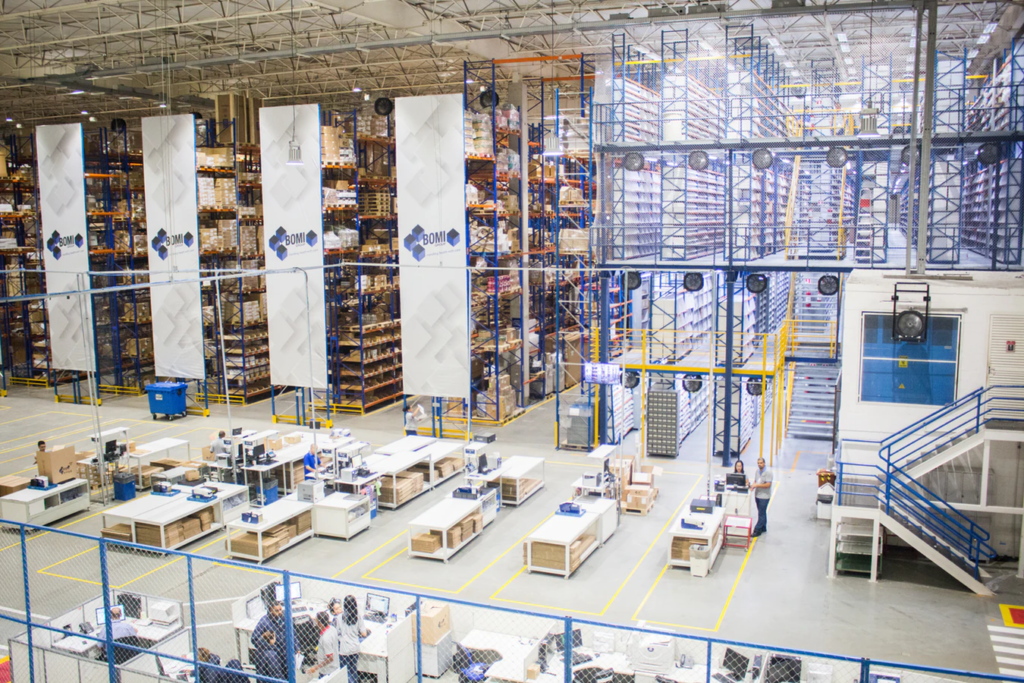Benefits of Forklift Tracking Systems for Asset Management and Maintenance
‘Forklift Tracking’ can mean different things to different people, environments, and industries. It might answer functional questions like “who’s currently operating Forklift Number 4?” or managerial questions such as “what’s the productivity rate of our forklift fleet in the United States?” For this discussion, we define forklift tracking as a combined hardware and software management system that provides performance and cost insights into forklift assets, including the forklifts themselves, related personnel, parts, and workflows.
While this might sound complex, we break it down into key components to make it easier to understand.
The main functional parts of forklift tracking are as follows:
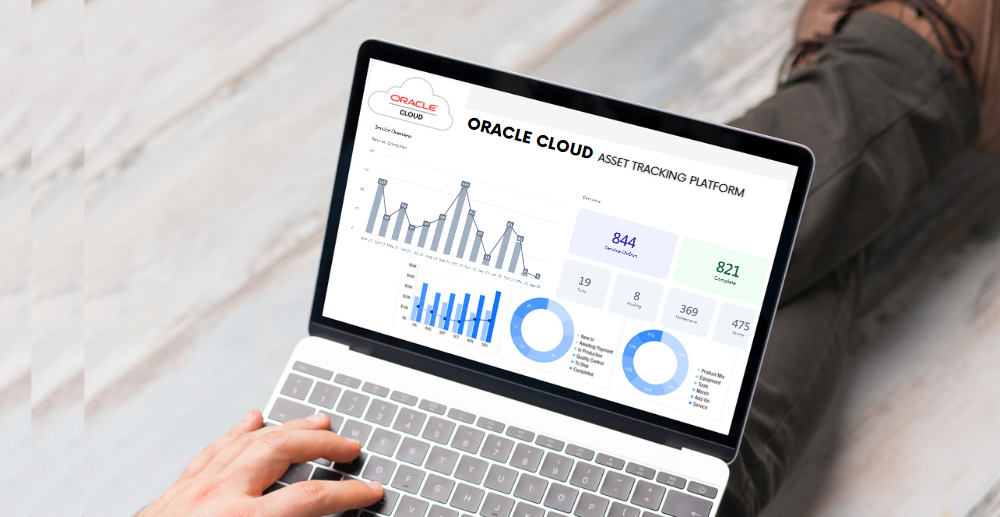
Key Components of Forklift Tracking Systems
Forklifts: These are the actual forklift vehicles, regardless of age, style, design, fuel type, or use. Explore Our Forklifts, Specialty Lift Trucks, and Pallet Jacks
Telematics Hardware: An onboard system integrated into the forklift captures real-time functional, performance, and operator data, reporting it back to the software system. Explore Our Telematics for Intelligent Fleet Management
Telematics Software: This software receives data from the telematics hardware, storing information related to each forklift, such as operating hours, operator uptime, charging time, system health, and maintenance notifications. Explore Our Telematics for Intelligent Fleet Management
Forklift Fleet Management Software: This software integrates the per-forklift data with management-level data, such as operating costs, maintenance requirements, corporate key performance indicators (KPIs), and other major decision points. Explore Our Oracle Cloud Asset Management System
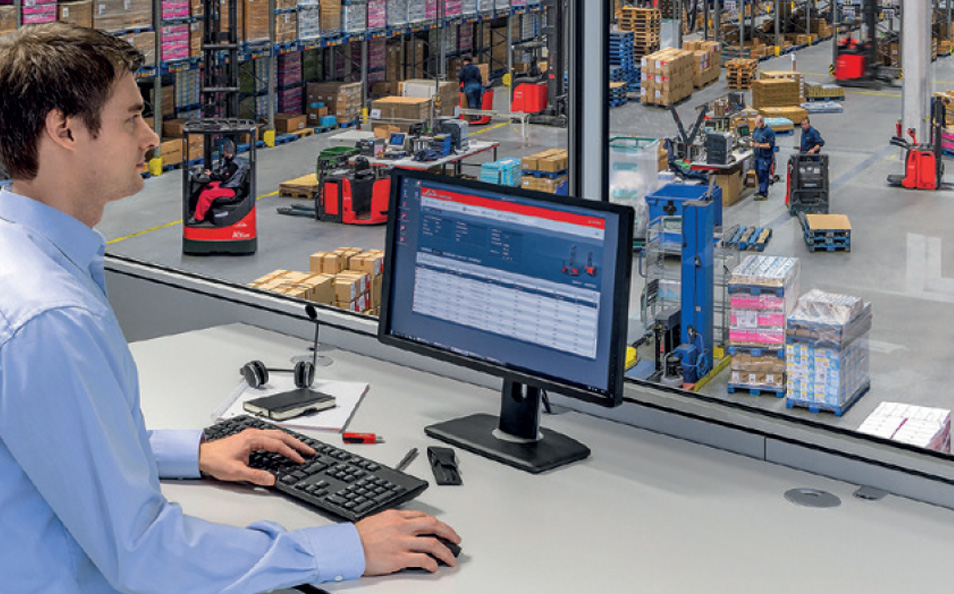
Together, these components form comprehensive forklift tracking systems, translating field data into analytical information that informs business decisions. At its highest level, forklift tracking can answer critical questions such as:
1. What is the Total Cost of Ownership of my forklift fleet?
2. Where are my fleet’s bottlenecks and risks?
3. Where are my fleet’s opportunities to improve?
4. How can I drive better fleet KPIs?
5. What tactical decisions do I need to make to avoid immediate issues?
6. What strategic decisions do I need to make to optimize long-term fleet performance?
7. Some systems may allow manual data entry to replace hardware and telematics components, but this method can be prone to inaccuracies. Ideally, a comprehensive forklift tracking solution includes all the mentioned components for maximum effectiveness.
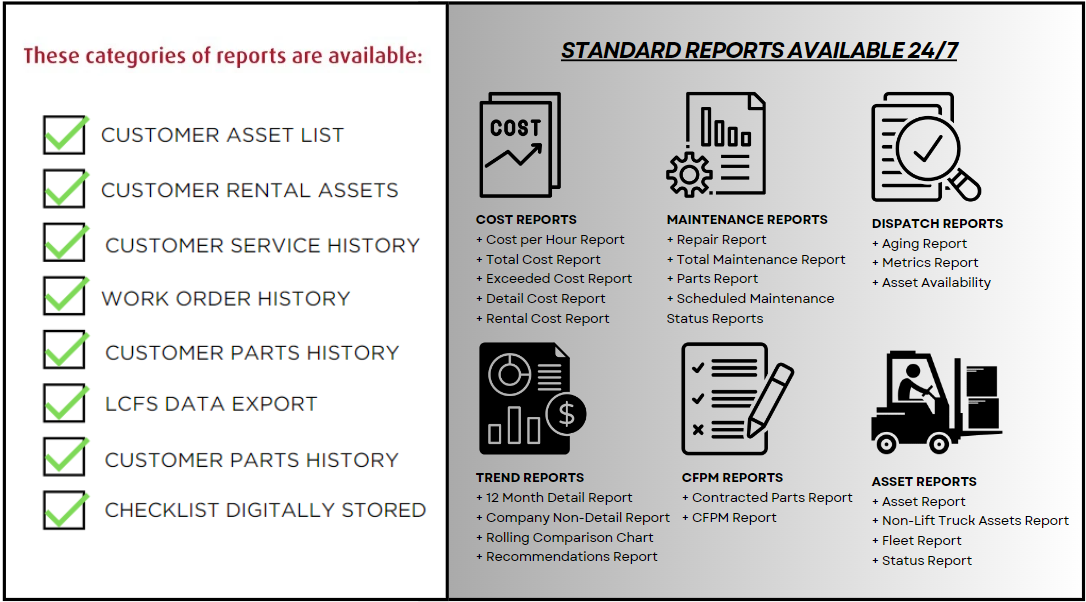
Benefits of Forklift Tracking for Asset Management
Forklift tracking provides numerous benefits, which can be categorized into asset and operational domains. Here are the features that specifically enhance the management of forklift assets:
1. Consolidate Asset Records: A formal tracking system serves as a repository for all records, manuals, service logs, work orders, and other documentation.
2. Maximize Uptime: By analyzing usage profiles of individual lifts and operators, managers can find ways to maximize lift uptime.
3. Optimize Charging Scenarios: Real charging cycle data helps determine ideal charging scenarios and evaluate differences between technologies and fuel sources.
4. Understand Avoidable Maintenance: Identifying and addressing predictable maintenance issues before they cause downtime.
5. Plan Preventative Maintenance: Using data to formulate a comprehensive preventative maintenance program based on industry-standard metrics and past experiences.
6. Spare Parts Management: Helps plan, order, and stock the right mix of spare parts, avoiding long waits for parts or overinvestment in inventory.
Explore Our Oracle Cloud Asset Management System
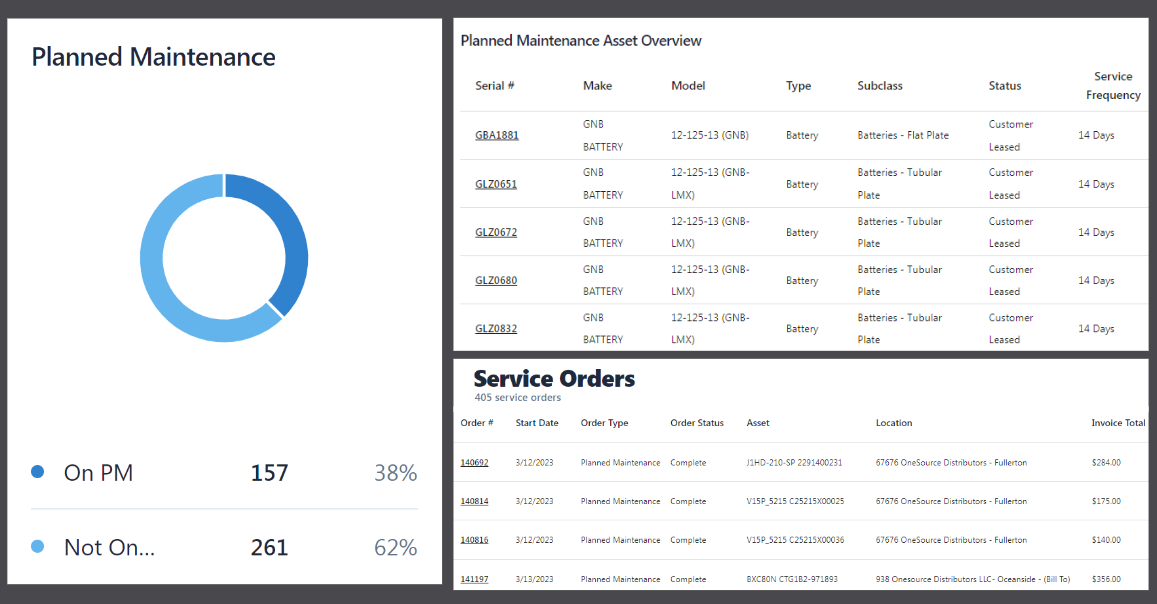
Benefits of Forklift Tracking for Operational Management
Beyond managing individual assets, forklift tracking technology supports enterprise-level decisions regarding forklift fleet use, costs, risks, and opportunities. Key operational benefits include:
1. Automate Fleetwide Decisions and Communication: Robust reporting tools generate clear, concise reports that drive enterprise-wide communication and information sharing.
2. Forecast Cost Centers: Historical data and statistical models help predict future cost burdens, enabling proactive management.
3. Promote Safety: Data-driven safety training and compliance help prevent accidents and promote a safer working environment.
4. Manage Rental Contracts: Tracking rental units, costs, durations, return dates, and issues aids in negotiating new rental contracts and terms.
5. Perform Quantitative Fleet Analytics: Real-time field data provides a solid foundation for confident decision-making.
6. Determine Total Cost of Ownership: Provides accurate Total Cost of Ownership data, highlighting that most expenses occur after the initial purchase, aiding in informed business management.

Talk to a Total Warehouse Forklift Expert
For more information about forklift asset management systems or telematics technology, reach out to a material handling expert at Total Warehouse today! Investing in a effective forklift tracking system is a critical step towards ensuring a safer, more productive, and efficient warehouse environment.
Contact Us Today At: https://www.totalwarehouse.com/contact/
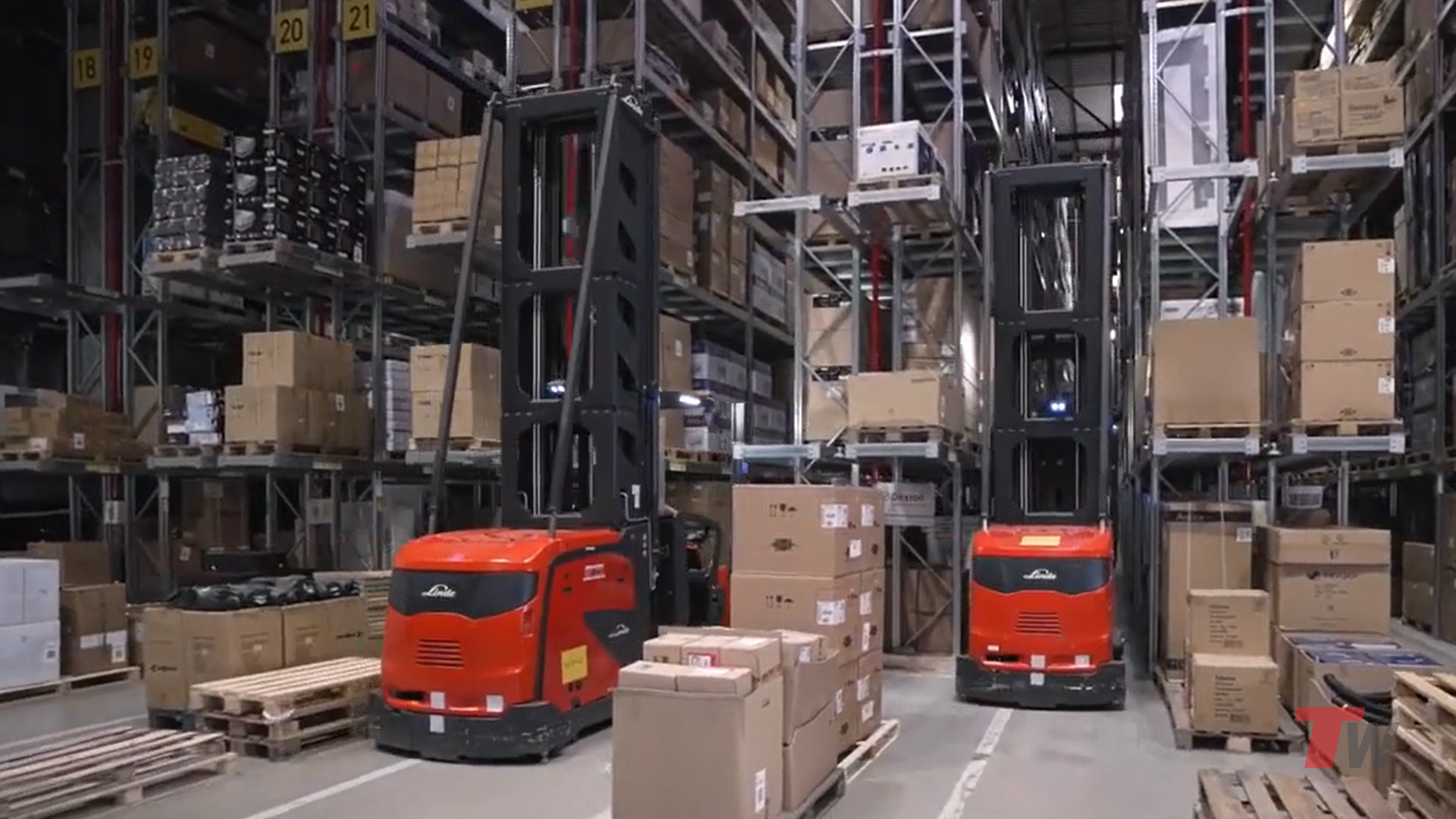
At Total Warehouse, we provide a range of service and parts programs to guarantee that you get optimal value for your investment, along with the most cost-effective ownership experience. We deliver high-quality products and services at competitive prices, representing products manufactured by Linde, UniCarriers Forklift, Big Joe Manufacturing, and Landoll. We’ve helped countless of businesses across the United States achieve lower maintenance, reduced costs, increased worker satisfaction, and increased economic sustainability. Our team of highly knowledgeable experts can help you make the right decision for your business. Give us a call at 833-868-2500 or contact us online.
